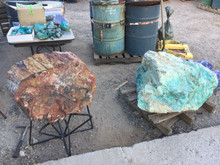The Petrified Forest National Park is located in Northern Arizona.
It is located 26 miles east of Holbrook and just off of I40.
In northeastern Arizona, a badlands desert known as The Painted Desert extends from the Grand Canyon National Park and into the Petrified Forest National Park. Badland deserts are a dry terrain where soft sedimentary rocks (such as limestone, sandstone, and siltstone) and clay-rich soils have been extensively eroded by wind and water, creating a very colorful and picturesque area. This area was declared a national monument in 1906 and a national park in 1962. The Petrified Forest National Park originally covered approximately 146 square miles, but in 2004 President Bush increased the area to about 346 square miles. Much of the park is considered protected wilderness area. Within the park, the Chinle Formation of sediments is 1900 feet thick and fossils are found throughout it.But this area is definitely not what one would expect to see in a “forest”. The trees are lying down or just stumps and made of stone!
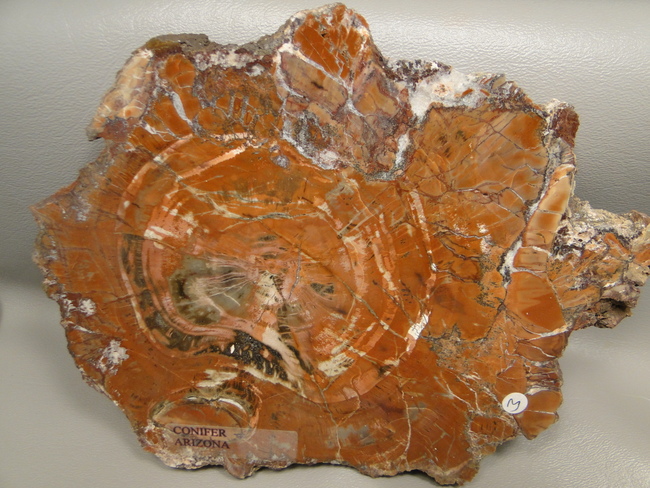
The Arizona Petrified Forest is one of the world’s richest troves of petrified wood and Triassic Period fossils. During the Triassic Period of the Mesozoic Era the area was heavy with mostly Conifer trees. However, the area was susceptible to wind, water and volcanoes to the west and south, from as far away as Nevada. About 218-211 million years ago as floods occurred or the trees died and fell, many of the trees were washed downstream and then buried in sediments and ash. Over the course of time the wood was replaced by cryptocrystalline quartz, known as chalcedony. During the replacement process by silica carried in the waters, sometimes even the minutest details of the woody structure were preserved. Minor minerals present at the time, such as iron, manganese, and carbon create the rainbow of colors. On rare occasions, there was chromium present that provides a true green. This gorgeous colorful wood is often known as “ rainbow petrified wood”. It was first discovered by Native Americans who used it to make weapons and tools. In 1878 General Sherman had two of the largest logs shipped to the Smithsonian Institute. And in the 1890’s locals were giving tours of the area they called Chalcedony Park.
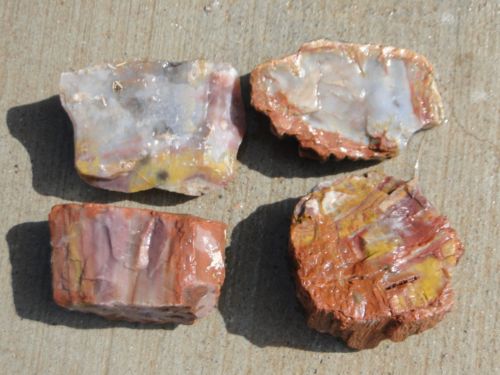
The majority of the wood found in this area is Araucarioxylon arizonicum, but other woods such as Woodworthia and Schilderia occur. Nearly a dozen different varieties of petrified wood have been found in the area. The petrified logs are generally around 80 to 100 feet long and 3 to 4 feet wide. However they are usually not intact, but rather they are broken into sections. Some logs as long as 213 feet have been found there, but the largest intact section was 35 feet long. Some stumps stick out of the ground 2 to 3 feet and it is believed they were fossilized in place.
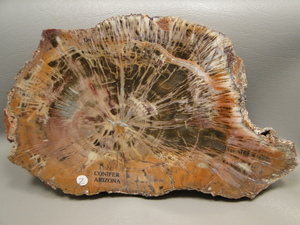
Arizona designated petrified wood as its official state fossil in 1988. The park hosts about 600,000 tourists a year. Though collecting or removing any of the wood is prohibited, inside the Visitor Center is an interesting room known as The Guilt Room. On display here are pieces of wood and letters from people who through the years have filched a piece of wood from the park. It is believed that those who steal from the park will suffer a curse and these letters attest to the problems the visitors have suffered!
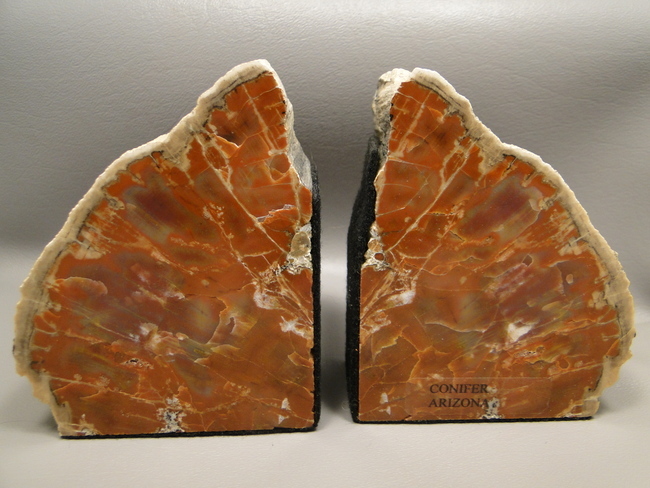
However fear not if you love petrified wood, only about 20% of it is in the protected area. There is also petrified wood located in other areas outside the park area. Some is on private land, BLM land, or state land. And it can be legally collected and sold.
Click here for more information about visiting the Petrified Forest.
 US Dollar
US Dollar
 Australian Dollar
Australian Dollar
 Euro
Euro
 CAD
CAD

